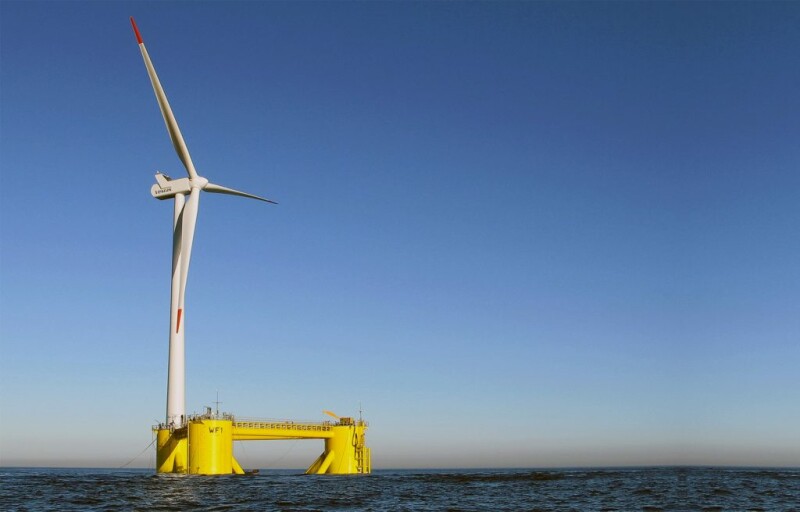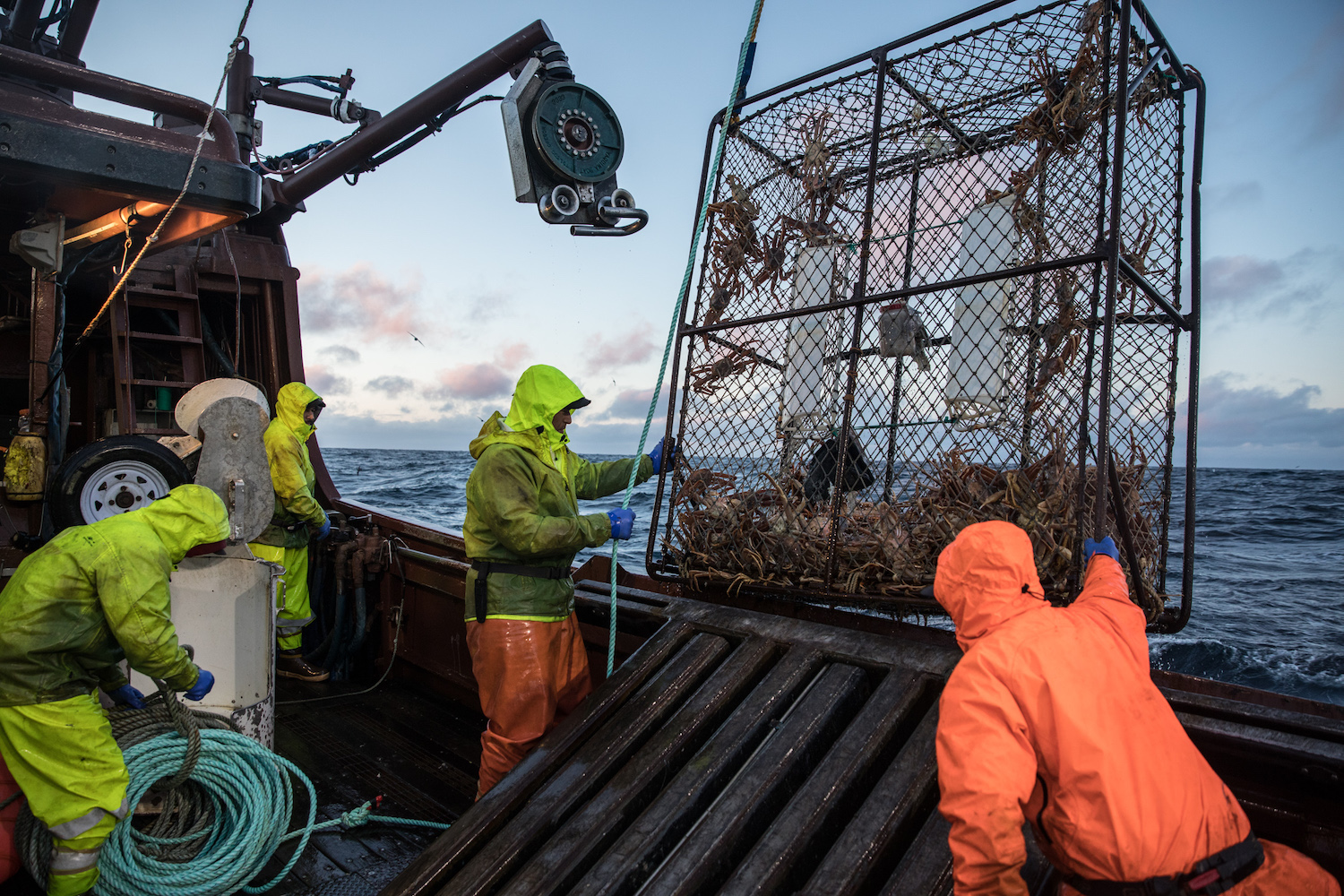Five thousand miles apart on their own oceans, New England trawlers and Alaska crabbers say they are up against twin threats from climate change: warming waters changing the marine environment, and hasty, risk-filled decisions in response from U.S. policy makers.
“I’m not sure which is going to get me first, climate change or the solution to it,” said Chris Brown, a Point Judith, R.I., captain, president of the Seafood Harvesters of America and a 2022 National Fisherman Highliner.
Brown expressed a general consensus among panelists during a Jan. 5 online webinar hosted by Fishery Friendly Climate Action, an initiative campaign that is organizing fishermen and industry groups to “advocate for robust climate solutions that work for U.S. fisheries and not at their expense,” as coordinator Sarah Schumann says.
“These issues are moving so fast,” said Schumann. “We as an industry have to improve our game.”
A series of winter webinars organized by Schumann aims to bring in fishermen from all U.S. regions to work together on climate issues. The collapse of Alaska’s Bering Sea snow and king crab fisheries – a potential $500 million loss to the industry and dependent communities – has snapped the issue into sharp focus.
“We need to make climate solutions a priority,” said Jamie Goen, executive director of the Alaska Bering Sea Crabbers Association, who calls their predicament “the proverbial canary in the coal mine.”
Off Oregon and California, the seafood industry is under threat by both changing conditions in the Pacific and the risk of being displaced by federal and state energy plans for offshore wind power development, said Lori Steele, executive director of the West Coast Seafood Processors Association.
“Our fishery is on the front line of climate change, and it’s not looking good,” Steele said during the panel discussion. Along with changes to the marine environment, the industry faces “the rush to get to a solution before understanding the problem,” said Steele, adding that offshore wind is “the biggest thing we’re facing here on the West Coast…the federal government is taking a ‘leap before you look’ approach.”
Fishing has some of the smallest climate impact of any protein-producing industries and “steamrolling us and putting us out of business is incredibly short-sighted,” she said.
Some warnings of those future effects have surfaced in New England, in cautions that National Marine Fisheries Service officials communicated to the Bureau of Offshore Energy Management about offshore wind projects potentially affecting Northeast cod and the endangered north Atlantic right whale.
“We’ve seen more and more science in previously unpublished agency letters,” said Mike Conroy, West Coast coordinator for the Responsible Offshore Development Alliance, a coalition of fishing groups that has worked for years to influence wind energy planning.
He compared the risks involved with West Coast wind power plans to the region’s unhappy ecological experience with 20th century dams and hydroelectric power that ruined wild salmon populations: “We must not repeat the mistakes from the past.”
Brown said even more resource demands will be put on the oceans.
“Wind farms are a big deal but it’s only the tip of the iceberg,” said Brown, citing aggregate mining near shore and increasing exploration for deep-sea minerals. “We need a foundational document on the order of the Magnuson Act for the blue economy.”
As a preamble, such federal law should have as its first principle “do no harm,” said Brown. In the absence of an overall federal energy policy, offshore wind planning is “imposed by fiat” without adequate consideration of its effects on the marine environment, fishing and food supply, he said.
“This thing is being made too big to fail,” Brown added. “So that’s what’s going to happen, and it will bleed us dry.”
Goen said the Bering Sea crab situation shows the need to re-think management that can anticipate and respond to climate effects. Some Alaska fishermen and groups are working on to lessen the fleet’s own emissions, through hybrid power solutions.
“I think we could be a carbon-neutral fishery within 15 years with proper funding,” said Brown. Part of that could be rationalizing management rules and industry practices; Brown cited as an example New England fishermen who work off North Carolina but then must steam 800 miles north to deliver their catch.
One new effort is the Energy Efficient Fisheries project in Massachusetts, which will plan low- and zero-emissions energy technology for the state’s fleet, using a nearly $2 million grant supplied through the recently passed federal Omnibus Appropriations Act for 2023.
“I’d hope to see this in other fishing areas,” said Jim Kendall of New Bedford Seafood Consulting, who is working with the EEF program.








